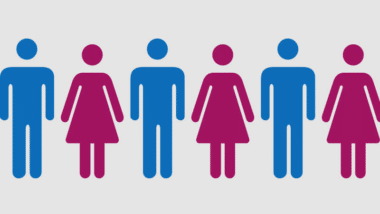Parents in North Carolina have criticised a school survey which sought to ask children as young as eleven about their ‘gender identity’ and sexual orientation.
Pupils were given a range of ‘gender identity’ options to choose from, including “gender fluid” and “non-binary”, and were asked whether they were “transgender”.
Students were also asked to describe their sexual orientation, with categories such as “asexual”, “pansexual” and “questioning my sexual orientation”.
‘No trust’
Following the backlash, Charlotte-Mecklenburg Schools announced it had removed the three controversial questions.
One concerned parent said: “I have no trust in my child’s schooling anymore”.
A pupil added: “Some of these questions definitely crossed the line and were way too invasive”.
Earnest Winston, Superintendent of Charlotte-Mecklenburg Schools, said an investigation was being held into who was responsible for including the controversial questions.
‘Intrusive’
In 2017, the NHS backtracked after it included a question about gender identity in a survey for primary school children.
A survey by the Lancashire Care NHS Foundation Trust asked Year Six pupils: “Do you feel the same inside as the gender you were born with?”
The question provoked an outcry from parents and MPs who described it as “deeply worrying” and “intrusive”.
Parent Lyndsey Simpson, whose then ten-year-old daughter received the survey, said: “I don’t want someone putting into my daughter’s head that she might not be happy with her own gender”.
25 gender options
In 2016, Brighton schoolchildren were given a survey listing 25 gender options, including “tri-gender” and “demi-boy”.
The pupils were told they could choose ‘as many as they wanted’ from a variety of responses alongside “girl”, “boy”, “female” and “male”.
Also see:
‘Schools ditching common sense’ on trans issue, says columnist
13-year-old girl launches legal challenge over trans guidance for schools


